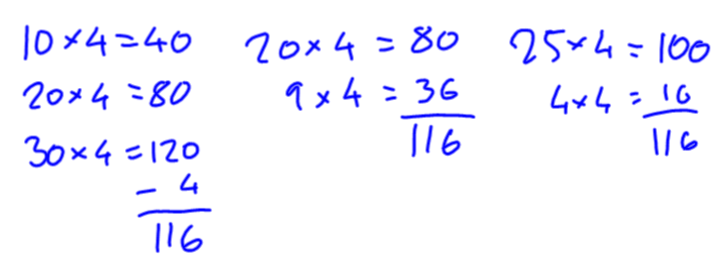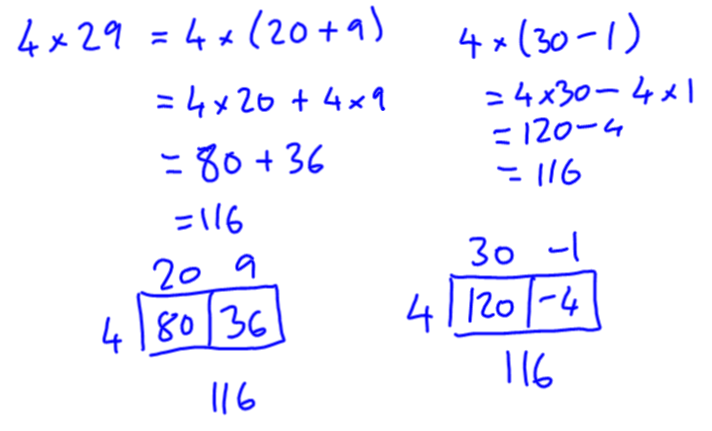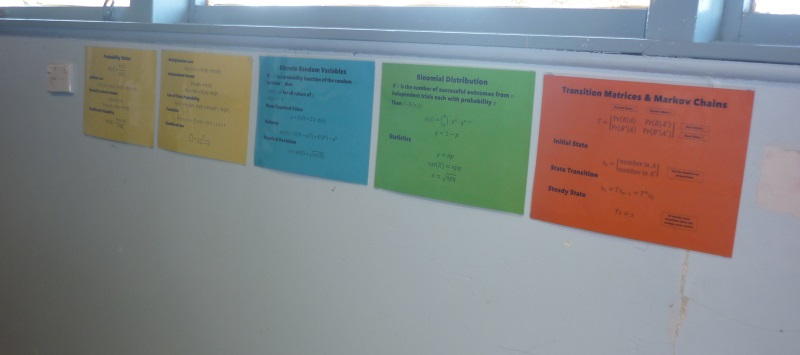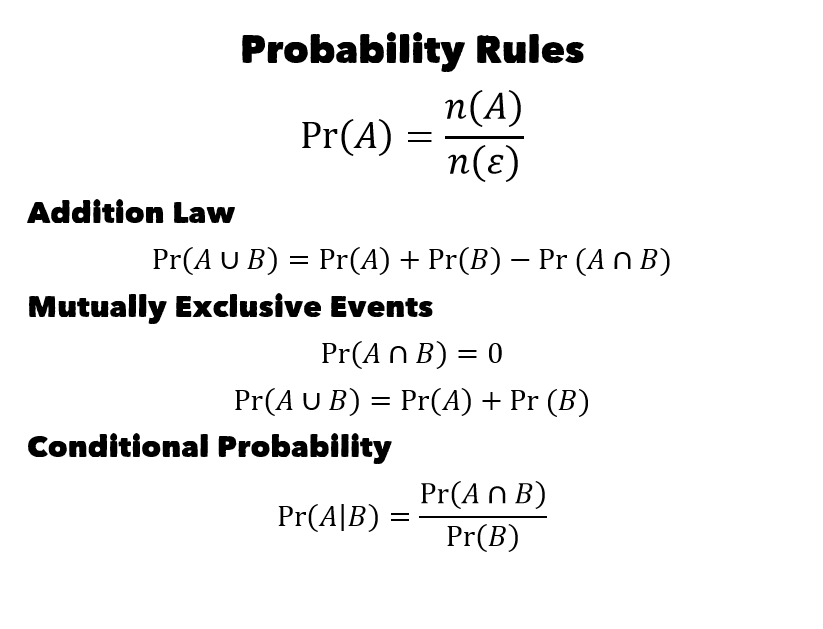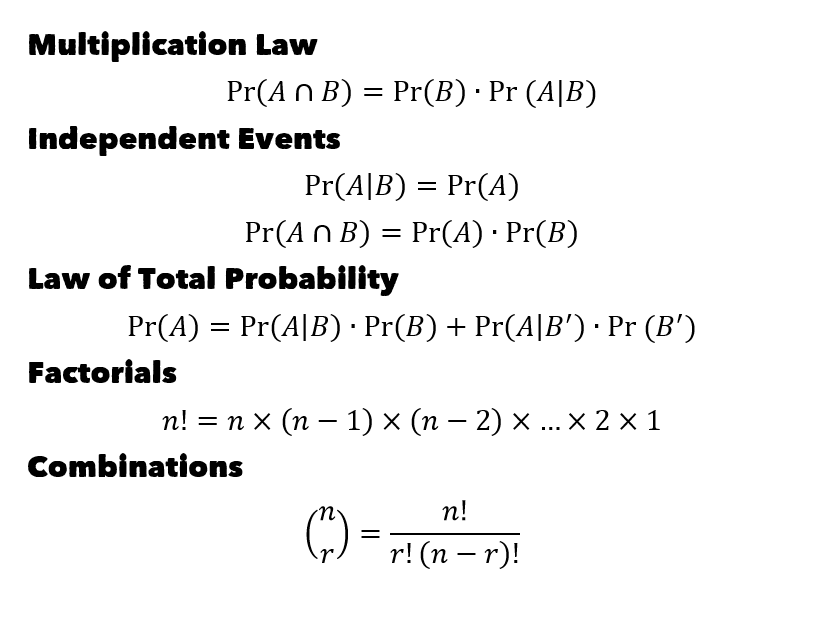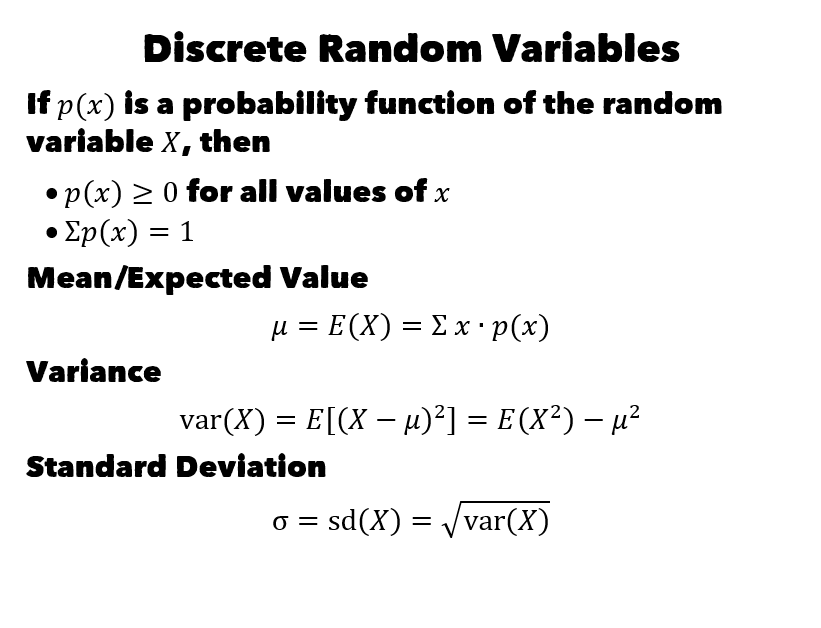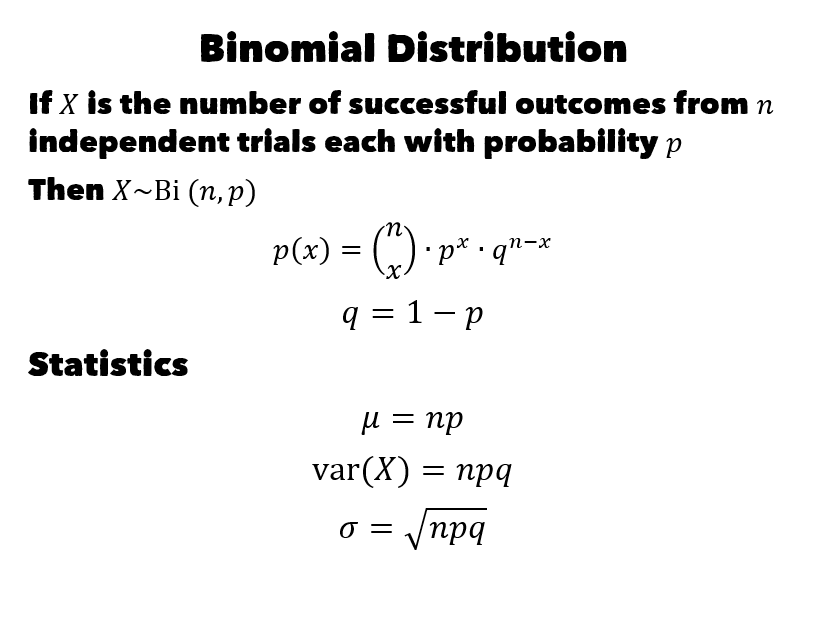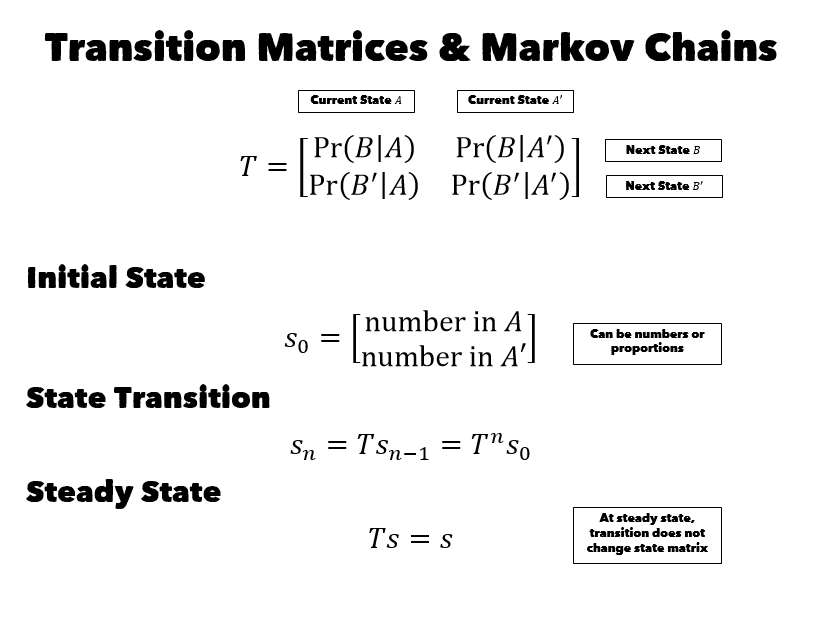This one isn’t going to be mathsy. Sorry. Just thought I’d share a little bit of what’s been happening with me lately. I really won’t be offended if you tune out now 🙂
My twitter description currently reads: Secondary maths teacher. Church musician. Hockey coach. Suspected human being. Obviously, this blog focusses on the first one, but the middle two combined last weekend to create some of the busiest few days of my life. (I don’t really have any evidence of the last one…)
So despite the fact I’m really not athletic at all, I coach our town’s junior hockey team (that’s field hockey for any international readers). Saturday was our Grand Final, which our club hosted, and we were playing in it. After finishing 1-1 at full time, we clinched the winning goal in extra time! Third premiership in a row!
The team immediately celebrated by spraying their coach (and maths teacher) with their water bottles:
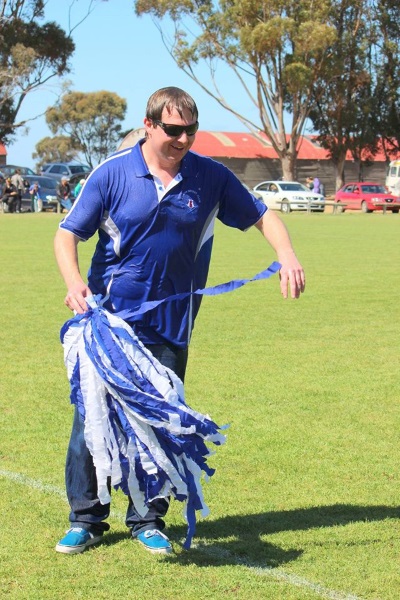
One of the mothers decided I should be holding streamers for the photos. I’m not sure why. I must’ve been pretty happy, because I don’t usually grin like that when I’m soaking wet 🙂
The water thing seems to be their standard celebration. This is the same moment from a year ago:

See? I was getting water dumped on my head before it was cool.
Saturday evening was spent helping host our hockey association’s Grand Final Dinner, and Sunday lunchtime was our club’s presentations. So a lot of hockey for one weekend. As much as I enjoy the game, I’m happy the season’s over for now and I get my Saturdays back again.
For the record, I also play hockey, but my team has a proud tradition of choking in the first few weeks of the finals.
Sunday afternoon was spent preparing for my church’s monthly night service, which we very creatively call “Night Church”. I head up the music team, for which I play piano and guitar, and pretend that I can sing. My friend who was singing with me last night is a keen photographer, so she got this pic of me practicing:
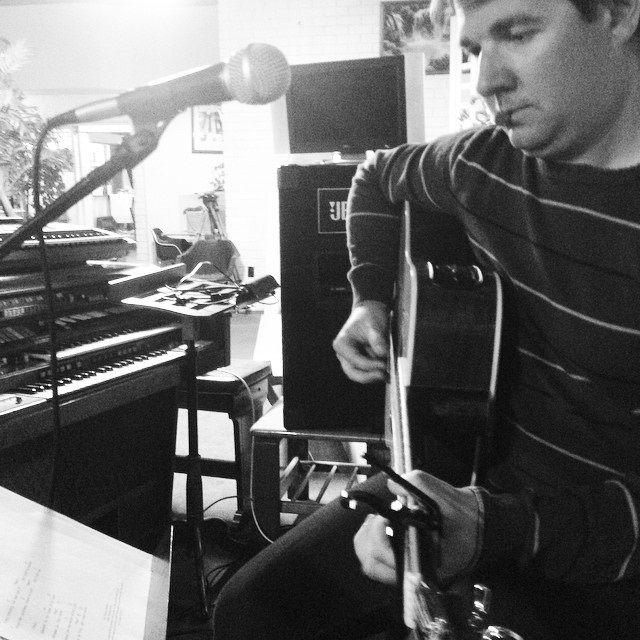
Unfortunately I look pretty ridiculous with the guitar pick hanging out of my mouth.
So there you go, a little taste of what I do when I’m not teaching.

